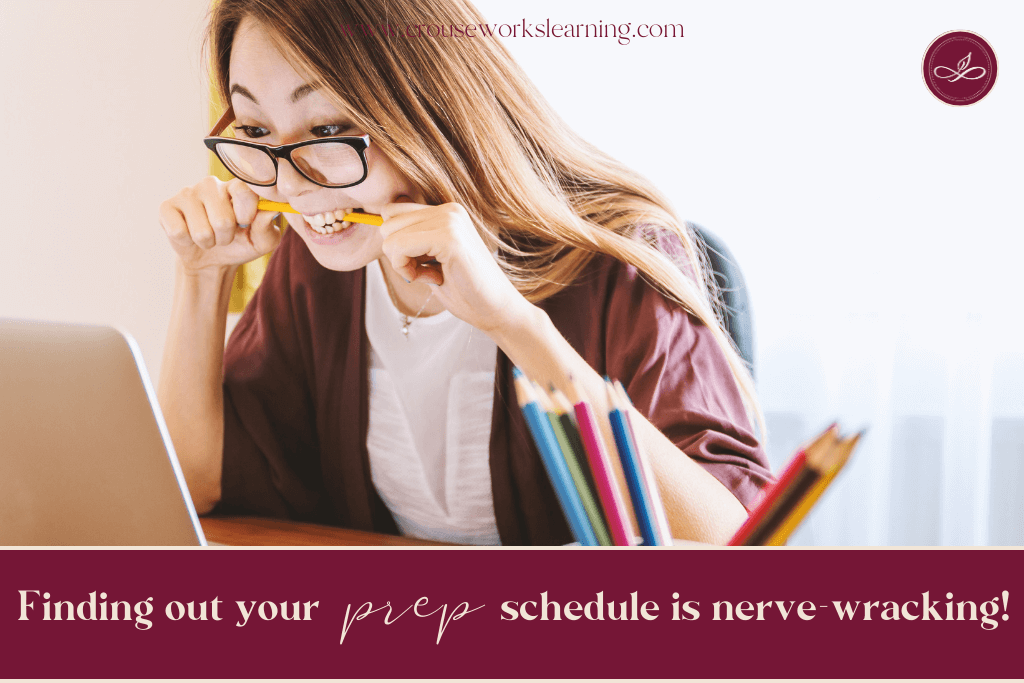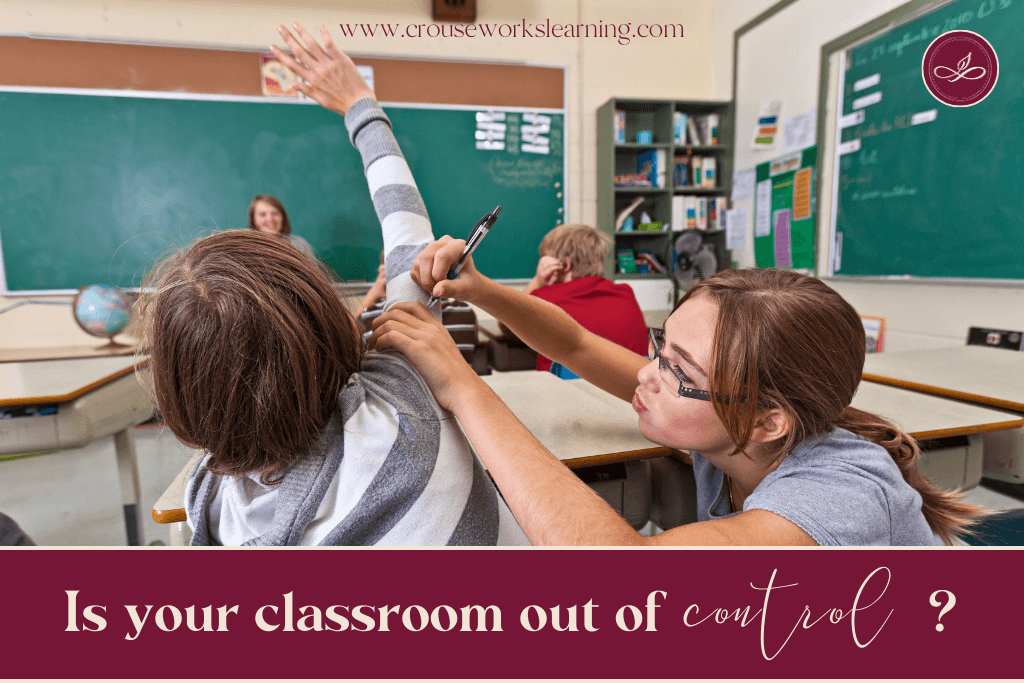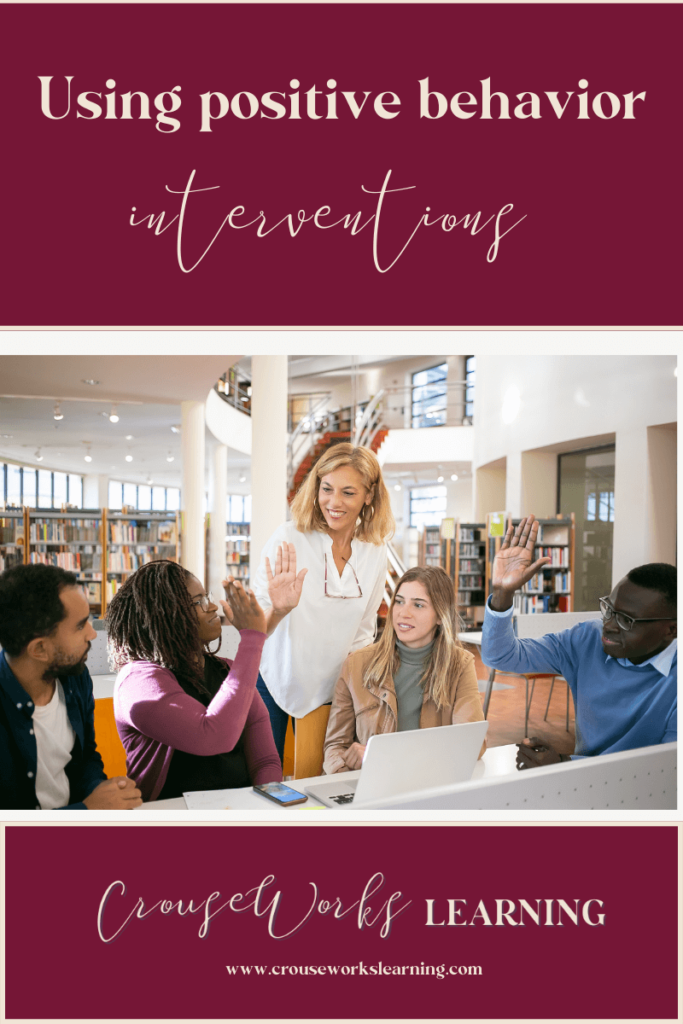You know that time at the end of the school year when all the high school teachers find out which preps they will teach the next year? You know how it’s both a really exciting time and super nerve-wracking?
Because, as teachers, we know that the classes we will teach the following year can be a make or break for us.
Whether we’re considering the number of preps we will have or the new classes we’ll be taking on or the types of subjects we’ll be teaching- as teachers, we know in an instant how it’s going to impact our work-life balance, our satisfaction at work, and our feeling of competence in the classroom for the coming year. And in the blink of an eye, we know whether it will be a good school year or a challenging one…

So, rewind to last year in May when I found out I would be teaching freshmen biology (for the first time). And I became immediately ecstatic… and exceedingly nervous all at the same time. I was excited because I had majored in biology back in college. I loved all things biology and had wanted to teach biology for a long time. But I also was exceedingly nervous because… well… the last time I taught a freshmen class, let’s just say it did not go well.
Let’s rewind a bit to give you context.
Okay, so picture this: It was my first year as a teacher. I was marching into my classroom, fresh-faced and wide-eyed, and about to bestow my treasure trove of wisdom on an oh-so-lucky group of freshmen earth science students. I was brandishing a rainbow of highlighters, color-coded lesson plans, and enough enthusiasm to power a small city. However…. little did I know that I was about to encounter a class full of teenagers who could smell rookie vibes like blood in the water.
And the moment I first turned my back to write on the whiteboard, it was like a scene from a wacky sitcom pilot with laugh track after laugh track playing in the background. One kid launched a paper airplane that could have won a Guinness World Record, while another somehow transformed a pencil into a ninja dart that lodged itself in the ceiling.
Those kids were like a tornado of chaos and mischief, determined to test my patience and teaching skills from day one. It was like they had a secret handbook on how to be the most disruptive, difficult, and death-defyingly daring freshmen class ever- and they were executing it with Olympic-level precision. From spontaneous beatboxing competitions erupting in the back to my death-con five discipline showdowns to a symphony of ringtones that could have rivaled a pop concert, I’m pretty sure I lost a year off my life during that first week.

And it actually never got any better after August. Every evening that year, I would shuffle out to the parking lot – always the last straggler – with the sun just starting to dip below the horizon, as if to provide a backdrop for my melodramatic post-class breakdowns. Let’s just say I cried my body weight in tears that year.
So you see, I had taught freshmen once before. It had been my first year as a teacher. And needless to say, it did not go well, and I never forgot it.
So, back to May of last year, when I found out I was going to be teaching freshmen biology. It was, as you can imagine, a melting pot of feelings. It was a symphony of excitement, curiosity, and hopefulness … followed by sudden bouts of immobilizing anxiety, stress-induced food comas, and unrelenting night terrors. It was cognitive dissonance at its finest, my friends.
So, as you can imagine, with my personality, I went into overdrive mode over the summer. Thinking about allllllll the strategies I had learned over the years with classroom management… while simultaneously wearing down my computer keyboard as I scoured the internet, squeezing it for every last ounce of advice about handling freshmen students!
And then, before I knew it, it was August—time to put all my wizard tricks into practice.
My two freshmen biology classes were scheduled to sandwich lunchtime. In other words, I had a freshmen class right before and right after lunch (which, as all teachers know, are not ideal times in the school day).
And on Day 1, just as I imagined, those little freshmen came bouncing into my classroom- insatiably, unquenchably energetic the second they walked through my door.
I mean, the little ones could absolutely not sit still to save their lives! Everything was a game. Going to the pencil sharpener was a game. Blowing their noses was a game. Walking to their seats was a game. They absolutely struggled to listen, follow directions, or do anything. And every sideways glance at a friend in that class was like an open invitation to burst forth into howls of laughter!
So, reflecting back on things, while I’ll admit it was not as challenging a classroom environment as my first year in teaching, I wouldn’t say the circumstances were exceedingly better.
And then it hit me.
Stamps.

It was time to bust out my bright and perky classroom stamp collection.
If you have never considered using stamps before as part of your classroom management routine, oh my goodness, friends, are you in for a treat right now!
Hmmm… how should I put this? Why are stamps so glorious?
Well, stamps are what I consider to be the easier and cheaper version of stickers and candy. And they are amazing because you can tie them to ANY type of completion work you have for students.
- Student gets done with the warm-up? STAMP
- Student gets done with section 1 of a worksheet? STAMP
- Student gets done within 5 minutes of the timer? STAMP
- Student asks for stamp on their hand? Sure, why not? STAMP
Yeah, I’m not kidding; without fail, every year, you will have kids begging you for stamps on their hands, foreheads, and cheeks.
Students just love stamps. I don’t know why. Whether they are middle schoolers or high school freshmen and seniors doesn’t matter. If you give out a stamp indicating “credit” for completing an assignment, kids want that stamp.
So, without fail, that singular, beautiful plastic stamp collection took care of half my classroom management obstacles that year- just like that.
And I promise you, friend, it will work the same for your high school class- NO matter the grade level you teach.
So below, I’ll show you some ways I incorporate stamps into my classroom management routine. I’ll also show you other tips and tricks I have for keeping the momentum and management going in my class throughout the entirety of the period!
TIP #1: Stamps for everything
Obviously, my #1 tip here is to use stamps. And here are some of the ways I do that…
- Students who finish their warm-up → STAMP
- Students who have just finished section 1 and are ready to move on to section 2 → STAMP
And, here’s a bonus trick you can throw in there for an extra momentum-building measure. As you give out stamps, if you go around saying, “I have 1 person who’s earned their stamp… Now I have 3 people who’ve earned their stamp… 5, 6, 7 people who’ve earned their stamps…” that will build urgency in kids like it’s nobody’s business.
Just try it, you’ll see. You’ll have kids clamoring to be 1st, 2nd, and 3rd in line.

TIP #2: Use the "I notice" strategy
As a student teacher, I absolutely adored books like “Teach Like a Champ” which taught fast-talking, energetic, all-or-none student behavior correction moves for teachers. And still, to this day, I think books like that provide invaluable insight for beginning teachers.
I know for me as a teacher, though, I just got tired over time. I became drained with keeping track of every behavior problem, navigating the delicate balance of what to care about or not care about- what to say or not to say- how to say it right or how not to say it right. That over time, I found myself wanting just ONE solid behavior intervention strategy that could work anytime and for any activity.
And that is when I came across the “I notice…” strategy. If you’ve never used this strategy, prepare yourself for the riches that await you! The “I notice..” strategy works like this.
Picture a room full of students; the bell has just rung, and most are out of their seats, talking to each other, using the pencil sharpener, asking where the tissues are. And you maybe have 2 or 3 students sitting at their desks with their notebooks out, ready to complete the daily warm-up. As the teacher, you come into the classroom and start walking around, loudly saying this one line, “I notice Megan has her notebook out and is ready to go.” “I notice Juan has his notebook out and is ready to go.” “And here’s a table with four students who have their notebooks out and are ready to go.” You keep repeating this same line over and over again, loudly, as you walk around the classroom. You never praise it like, “Great job, Jacob, you are ready to go” or discourage it like, “Nick is almost ready to go if only he would have his notebook out.” You just keep it neutral and consistent, “Rachel has her notebook out and is ready to go.” “Paula has her notebook out and is ready to go.” You will be surprised how quickly kids get into line within seconds. I’m not kidding.
I use this routine for EVERY activity. I say this line when I want students to start their warm-ups. I say this line when transitioning students to a new activity. Basically, I say this line whenever there’s a need for “task initiation” with students.
Now, if you try this line and it doesn’t work for you, it is likely because 1 of 3 things is happening.
(1) You are not saying it loud enough so students can hear you.
(2) You are not walking around the room as you say it.
(3) You are not keeping it neutral.
So the next time you need to get students started on a task, try the “I notice…” line. Because it works WONDERS!

TIP #3: Use checks for understanding with directions
I know that feeling as a teacher when you are so tired of hearing yourself talk, and you just want the kids to jump into an activity and start directing their own learning. And it’s often in those moments when, as teachers, we skip highly vital opportunities to check for understanding with students.
It took me a long time to break this habit. To actually slow myself down and have students repeat back to me the 3 steps they were about to complete for the activity. It’s tough! But, teacher friend, I promise it will make all the difference.
Before you jump into any type of lab or activity, call on random students around the room to say aloud all 3 of the directions you just stated (and ideally also have listed for them on the board). It is such an important step and will save you a world of headaches within minutes!

To wrap up...
So, there you have it, teacher friends. These are my best-kept strategies for keeping that momentum and positive classroom management energy going during your lesson.
I hope you’ve found valuable strategies for managing your classroom in this post. And more importantly, I hope you’ve found comfort in knowing you are not alone in navigating the ups and downs of classroom management as a teacher!

P.S. If you’d like to see even MORE classroom management teacher hacks for the rest of your lesson, download my FREE “How to Manage Your Classroom Like a Boss” guidebook.
It’s an all-in-one guidebook that walks you through my best-kept strategies for getting students to start working at the bell, maintaining that momentum during class, and keeping your students working to the very last minute of class.
And the best news of all is it’s FREE! So download the guidebook now!

